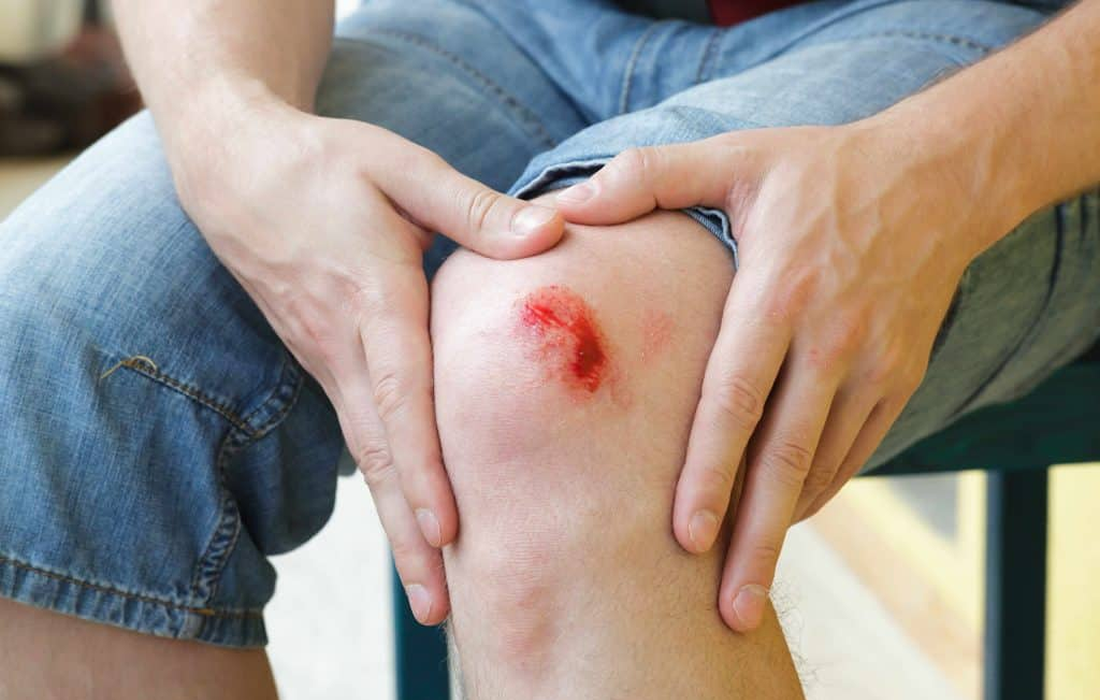Stem Cell Therapy for Specific Conditions
Skin Stem Cells Move Towards to Heal Skin Wounds
Aging is characterized by a time-dependent decline in the homeostatic functions of most tissues and organs . In mammals, including humans, aging impairs the skin’s regenerative capacity after injury. This age-associated impaired skin wound healing predisposes patients to non healing chronic disorders that are recognized as age-related complications, including diabetic ulcers, pressure sores, and venous stasis ulcers. Skin wound healing results from collaborative behaviors of many different types of cells and occurs in several overlapping but distinct stages: hemostasis, inflammation, proliferation, and remodeling.
Reepithelialization is an essential process for completion of the skin wound closure. During reepithelialization, keratinocytes migrate over the injured dermis and close the epithelial gap while restoring barrier function. It has been demonstrated that after injury, the epidermis is organized into two distinct compartments surrounding the wound: a leading edge consisting of migratory nonproliferative cells at the front and a stationary zone of proliferative cells at the back.
Researchers have found that the ability of skin stem cells to heal wounds is linked with their ability to move towards the injury
In a study published this month in the Journal of Cell Biology, researchers from Tokyo Medical and Dental University (TMDU) have revealed that the ability of skin stem cells to repair skin after an injury may be linked with their ability to move towards the injury.
Skin stem cells, also called keratinocyte stem cells, are responsible for skin regeneration and wound closure through a process called re-epithelialization. “Live-imaging and computer simulation experiments showed that human skin stem cells motility is coupled with their proliferative and regenerative capacity and old stem skin cells have a significantly reduced motility,” explains Daisuke Nanba, lead author of the study.
To understand the mechanisms behind this reduced motility in old stem cells, the researchers compared the wound healing and proliferative ability of skin stem cells derived from young mice (12 weeks old) and aged mice (19-25 months old). The experiments showed that a specific molecule, called EGFR (Epidermal Growth Factor Receptor), drives skin stem cell motility and that EGFR signalling is reduced in old stem cells. EGFR acts by preventing the degradation of a specific type of collagen, COL17A1, which is necessary to hold the layers of the skin together.
Interestingly, COL17A1 coordinates the movement of skin stem cells towards the injury by regulating actin and keratin filament networks in the cells. The researchers found that with age, a decrease in EGFR signaling occurs, leading to lower levels of COL17A1 and skin stem cells with reduced mobility that are less able to re-epithelialize the skin.
With advanced age, a reduced skin wound healing ability is associated with the development of so-called chronic nonhealing disorders, such as diabetic ulcers and pressure sores. “Although further investigations are still required, stabilizing COL17A1 by regulating its proteolysis is a promising therapeutic approach for improving the decline in skin regeneration observed with age that often leads to serious issues such as ulcers,” says Emi Nishimura, senior author on the study. This research sheds further light on the mechanisms underlying wound healing and may lead to the development of new therapeutic treatments to improve skin regenerative capacity.
SOURCE:
Daisuke Nanba, Fujio Toki, Kyosuke Asakawa, Hiroyuki Matsumura, Ken Shiraishi, Koji Sayama, Kyoichi Matsuzaki, Hiroshi Toki, Emi K. Nishimura (September 22, 2021). EGFR-mediated epidermal stem cell motility drives skin regeneration through COL17A1 proteolysis. Journal of Cell Biology. Retrieved from : https://rupress.org/jcb/article/220/11/e202012073/212656/EGFR-mediated-epidermal-stem-cell-motility-drives
IMAGE:https://dermindy.com/wp-content/uploads/2019/02/wound.jpg

